Meet Ben Lecomte
The ocean advocate raising awareness of plastic pollution by swimming across the Pacific Ocean and collecting scientific data.
icebreaker presents

nautical miles swum
nautical miles navigated
pieces of plastic debris spotted
The plastic vortex
1.6 million sq/km
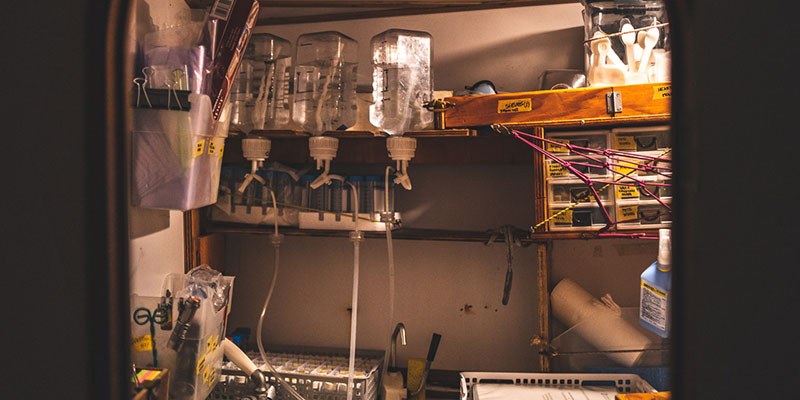
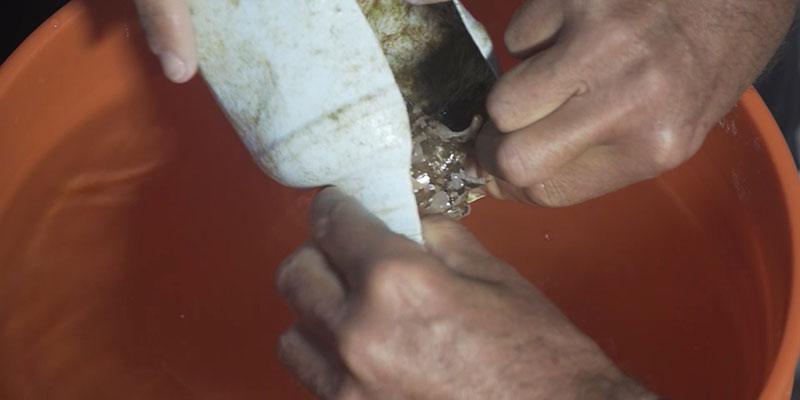
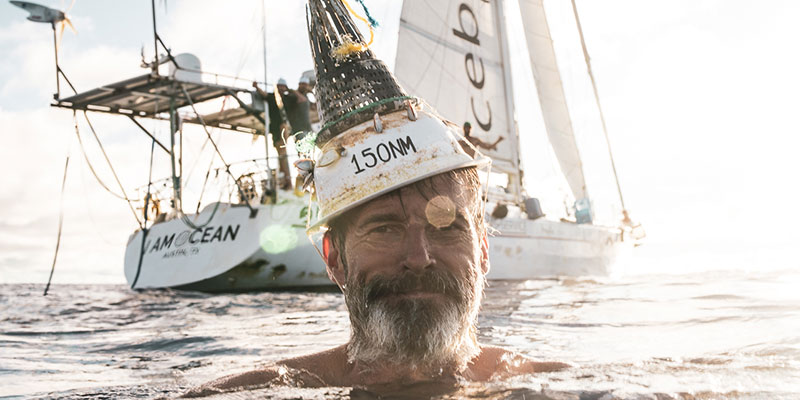
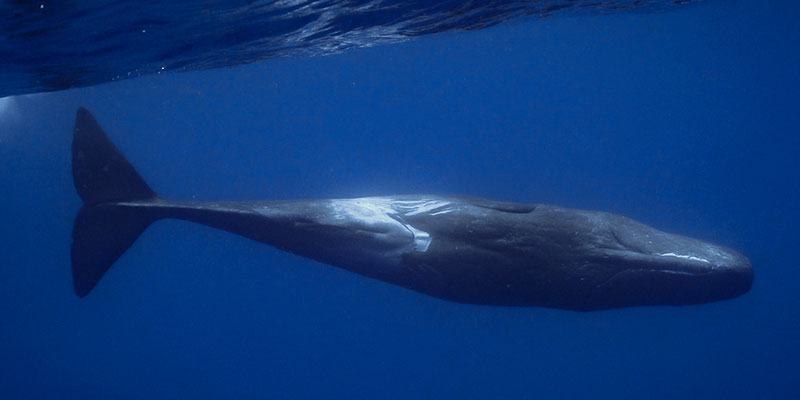
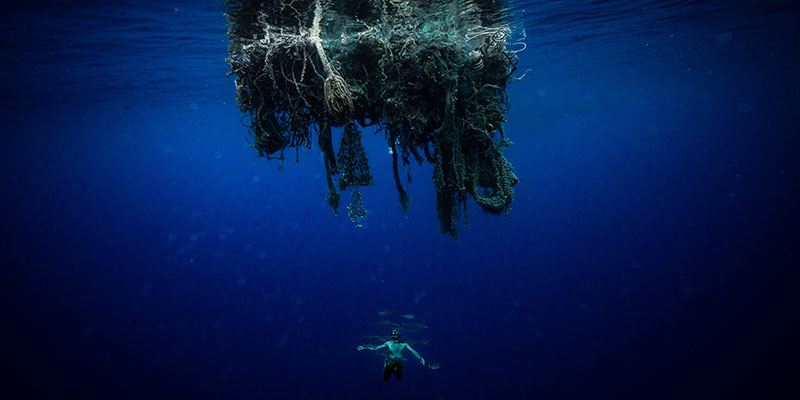
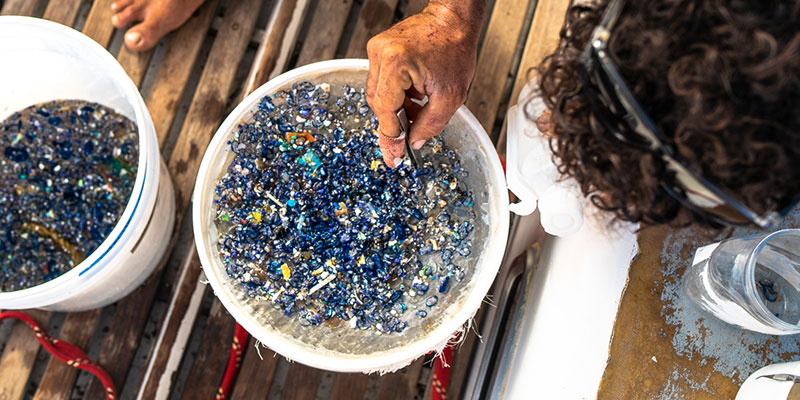
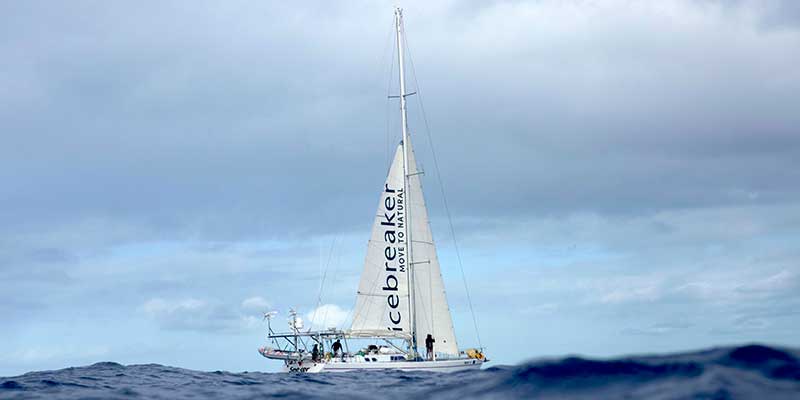
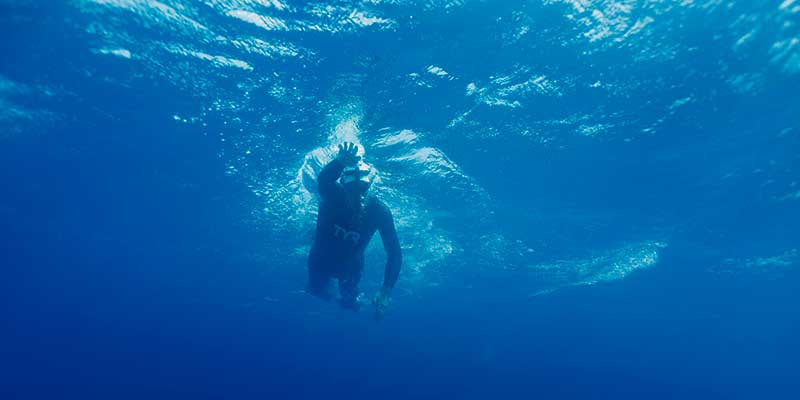

The crew spent 79 days aboard The Vortex Swim support boat, I am Ocean. A self-sufficient home for their mission, it was where the crew spent their time eating, sleeping and working; collecting and reporting on scientific data. The 67-foot steel-hulled yacht was fully equipped for the long, unsupported journey.

Ben Lecomte, long-distance swimmer and ocean advocate, completed his challenge to swim 300 nautical miles through The Pacific Vortex of plastic pollution to represent the 300 million tonnes of plastic waste produced each year. Swimming for up to eight hours a day for 79 days straight, Ben pushed his body to the limit in an effort to raise awareness of a critical environmental&nsbp;issue.

Floating debris and microplastics are only the tip of the iceberg. Hiding below the surface, trillions of microfibres are contaminating the ocean. Invisible to the naked eye, these microscopic plastic threads are released by washing synthetic clothes: up to 700,000 are released per wash. The Vortex Swim crew collected samples of water daily for further analysis; the first results show microfibre traces in every sample.

After collecting one of the many bottles he came across, Ben was surprised to find a fish stuck inside it. He had apparently grown inside it and was too big to get out. This absurd scene represented how closely marine life interacts with plastic debris in the open ocean.

Ben reached the center of the Vortex, the highest accumulation zone of ocean plastic in the world. Instead of the mythical trash island, there was a smog of microplastics. In one day, the crew collected over 2,920 pieces of microplastics (in just one hour of towing), and over 200 pieces of floating plastic items. On average, the team found one piece of floating debris every three minutes, across the entire ocean.

Ben was lucky enough to be joined by three sperm whales, who swam 10m from him. When back on the boat, Ben realised his crew had at the same time collected one of their biggest samples of microplastics of the trip, with over 3,000 pieces collected in 30 minutes. These creatures were swimming in an area infested with plastic pollution.

Ghost nets are formed when fishing gear tangles together. Like other floating trash, they attract all sorts of marine life, who use the structure as an artificial reef. The consequences of these migrations on the ecosystem have yet to be known, but the scientific community already has a name for this new era of our biosphere: the plastisphere. Ben and his crew used GPS trackers to tag the biggest debris they found, to allow studies on their movements, and coordinate future clean-ups.

The crew’s skipper, Yoav, inspects one of the biggest collections of the trip. While exploring the center of the Vortex, the crew dragged a net every day for 30 minutes. Compared to other samples they did across the Pacific Ocean, they noticed an increase of 1,000% of microplastic collected inside the Vortex, with an average of over one fragment every other second.
Meet the humans leading change. Introducing icebreaker’s Natural Progressives panel series.
In the spotlight: the impact of clothing and the effect of microfibres on water pollution.
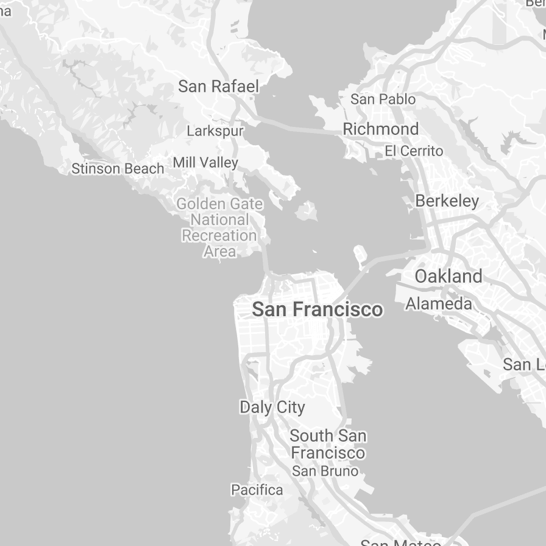
31st August
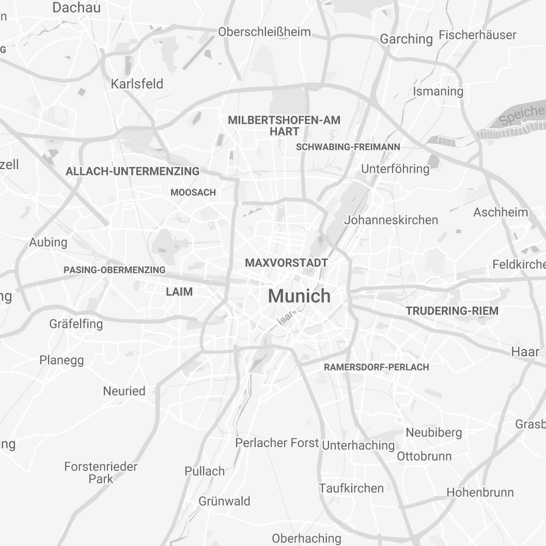
5th September
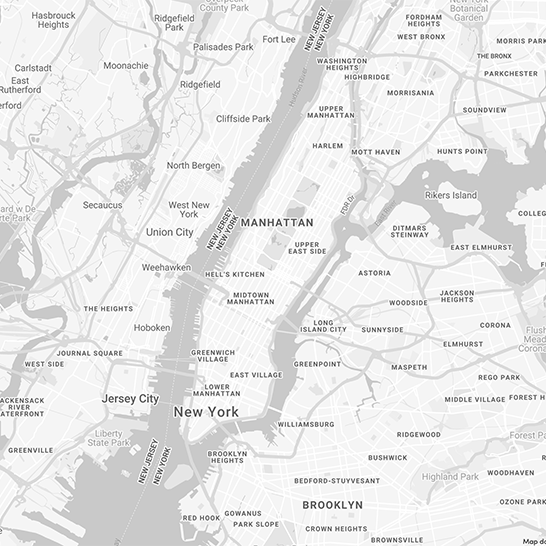
10th October
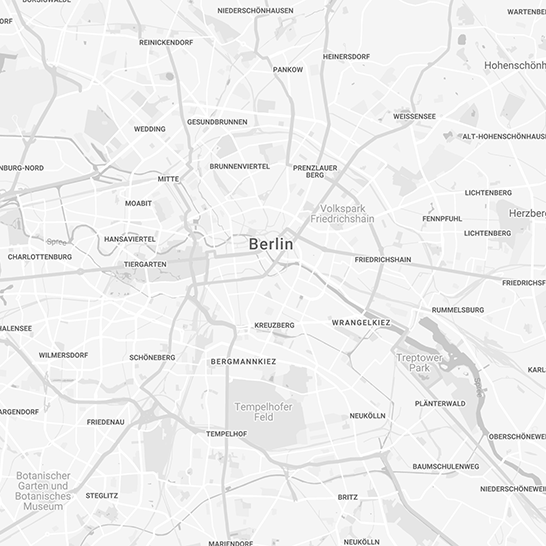
27th November
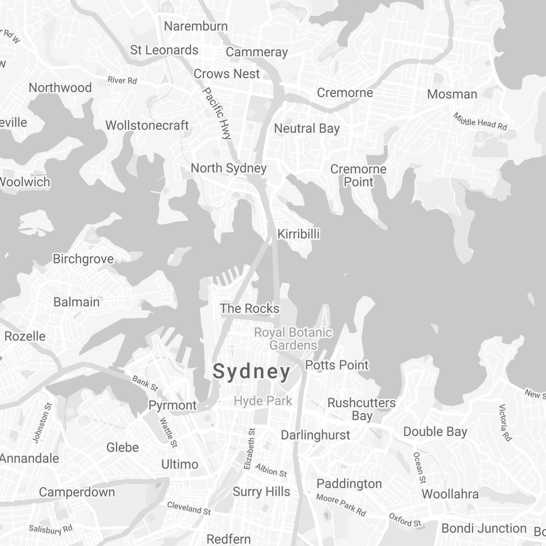
Date TBC
The ocean advocate raising awareness of plastic pollution by swimming across the Pacific Ocean and collecting scientific data.
The hidden issue of when plastic breaks down and enters the ecosystem and our food chain.
Six team members, one boat and three months of intense activity to collect data in support of ocean plastics research.
Washing synthetic clothing can release plastic microfibres into the oceans – up to 700,000 fibres in one full load of washing. Discover how to be part of the change. Move to natural.
Leading the industry to seek natural alternatives to synthetics.
Fully exiting from using acrylic by SS20.
Introducing a bio-bag for our products by the end of 2019.